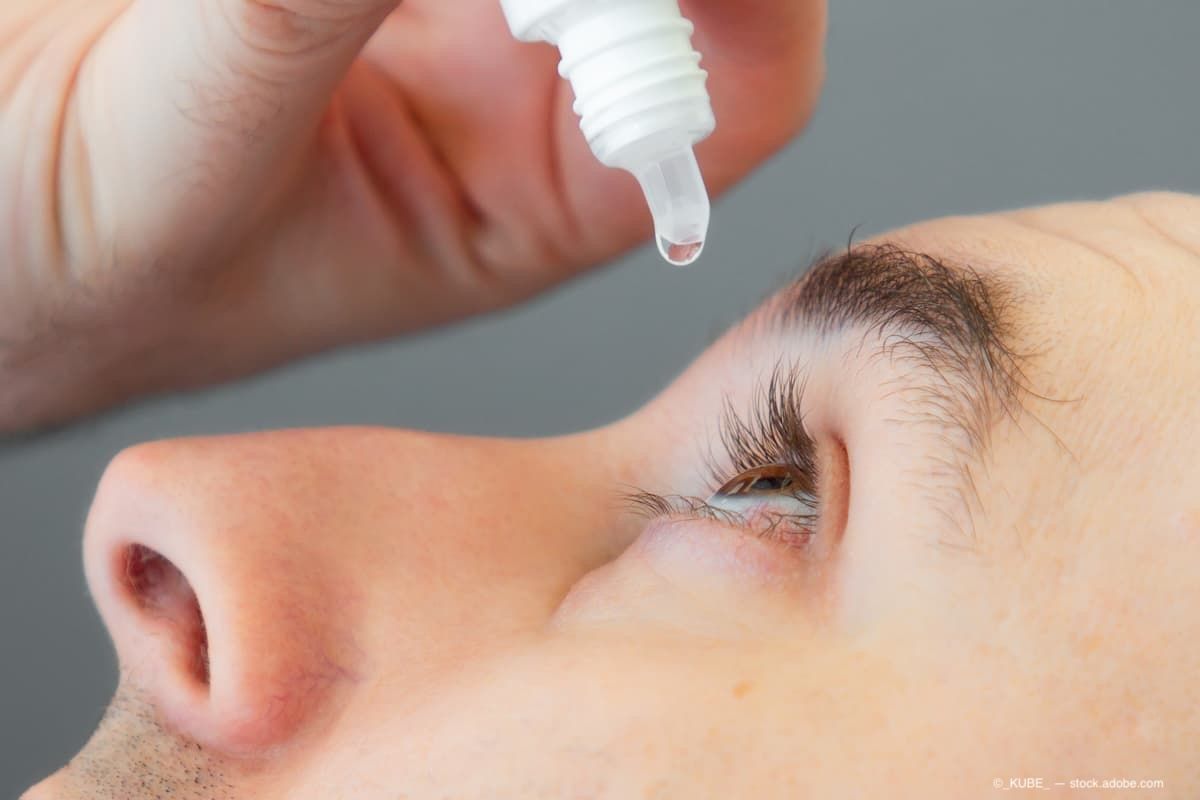Video
Optimizing Adherence to Therapies for Dry Eye Disease
Author(s):
Strategies that can help eye care specialists work with patients to establish and stick to treatment plans for dry eye disease.
Cynthia Matossian, MD, FACS: Kelly, do you get any pushback? If so, how do you deal with it when you start saying to Mr Smith or Mrs Smith, “You need to do XYZ. And then we have to do this, and a few months later we have to add this.” Do they get the feeling you’re nickeling-and-diming them? How do you present it to the patient so they understand and don’t give you pushback? What are your pearls?
Kelly K. Nichols, OD, MPH, PhD, FAAO: In our setting, we have a different clientele from a regular private practice, being at a university teaching clinic. We have to be cognizant of all issues, choose treatments, and even worry whether patients are going to return for follow-up. Having said that, I have found over the years that—just like diagnoses—you have to go in a step-wise approach. If something isn’t working and they’re coming back to you, then you have to transition to something else. As you mentioned, you’re deciding, “OK we’re going to do this, and then we’re going to do that, and then after that we’re going to see how it works and maybe do something else.” You have to tell them why that series is going to be important for them to follow from the standpoint of maintaining their ability to keep coming back to you. So many times in dry eye clinical trials, when we’re recruiting patients from all over, patients are still seeking. If they don’t feel they’ve gotten what’s going to help them within, or at least a reason to keep them coming back for a while, they’re going to stop using whatever that is and end up in the dry eye clinical trial, or doing nothing, or going with another practitioner. Depending on your patient base, you have to decide how much you’re going to give them at 1 time and what tools you’re going to use to persuade them to keep going with it and to come back. Rahul mentioned earlier that a picture is worth a 1000 words. That can be a really useful patient education tool, as we’ve found.
Milton M. Hom, OD, FAAO: For many of these patients, the bottom line is symptoms. Whether or not we’re giving them symptom relief, what we do is a dry eye work-up or dry eye treatment. We want something like an OSDI [Ocular Surface Disease Index], and it will give us a basic score between 0 and 100. A lot of times, the patient will say it’s not working. I don’t like it, but if you look at the OSDI score, it could go up 5 points—or shall we say go down 5 points. We just say that, according to the symptoms questionnaire, you’re getting better, so why don’t you go on with that? Or we might switch to another treatment. It’s very nice to have that metric that you go on every single visit so that you can always compare and show the patient they’re actually getting better.
Cynthia Matossian, MD, FACS: Patients like numbers. They like to track these just like diabetics follow their hemoglobin A1C [glycated hemoglobin] with a hypertension monitor. I want to know what is my blood pressure today. Patients with dry eye want to know metrics too. You’re absolutely right, Milt.
Transcript edited for clarity.
Newsletter
Don’t miss out—get Ophthalmology Times updates on the latest clinical advancements and expert interviews, straight to your inbox.




